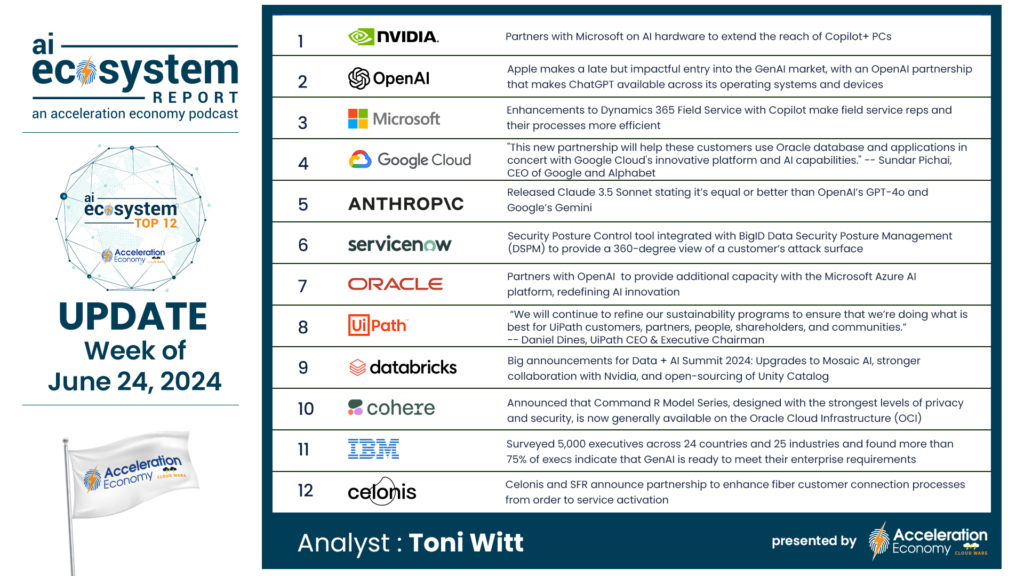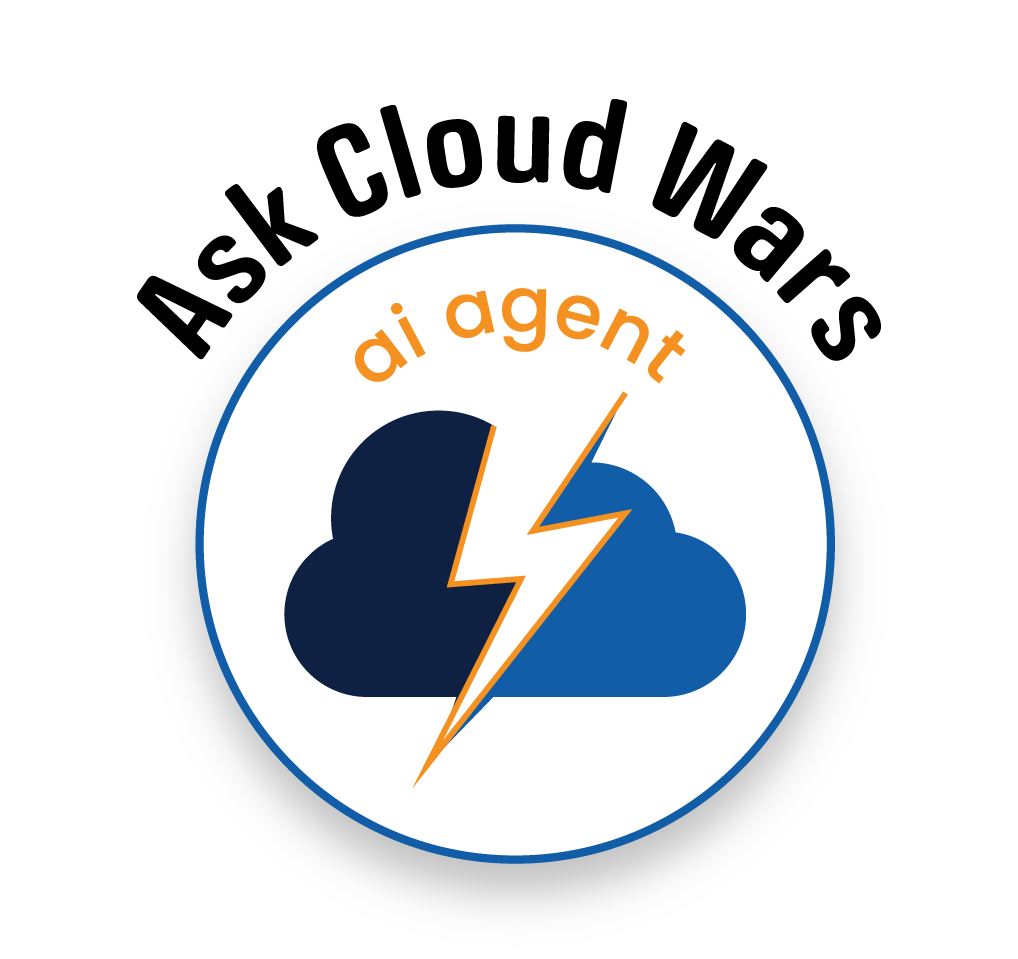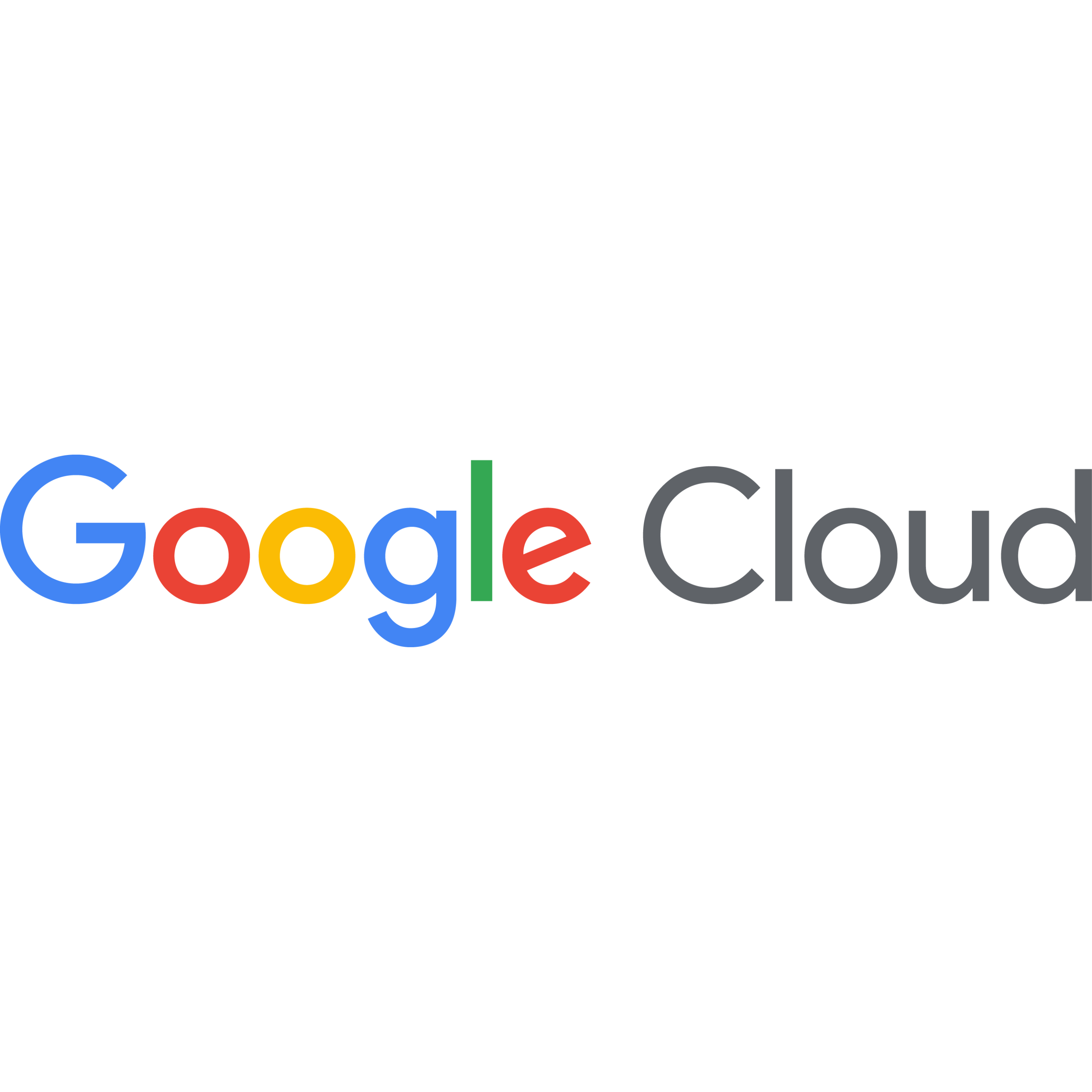
The world’s fastest-growing major cloud provider — that would be Google Cloud — expects its new multi-cloud partnership with Oracle will provide customers with 10 significant benefits, according to Google Cloud vice-president and GM for databases Andi Gutmans.
In a video conversation late last week about that new multi-cloud deal, Gutmans said customers are overwhelmingly bullish on the Google Cloud/Oracle partnership and are eager to tap into the high-impact opportunities the multi-cloud collaboration will generate.
From my conversation with Gutmans — the full 12-minute interview is embedded within this article below — I extracted 10 specific benefits that Gutmans says customers will experience from the Google Cloud/Oracle alliance.
Ask Cloud Wars AI Agent about this analysis
1. More choices, more options, more access. “It’s really a partnership focused on customers and customer needs, and really providing customers choice in this multi-cloud environment,” Gutmans said. Noting that the strategic partnership will bring Oracle Database and applications services to Google Cloud customers, Gutmans added that “Google customers will be able to get Oracle Exadata Cloud Service and Oracle Autonomous Database through the Google Marketplace… from Google Cloud Data Centers. So we’re super excited about that.”
2. Simplify data estates and accelerate move to the cloud. “We have a lot of customers who want to transition to the cloud faster, but they’re still kind of maintaining those data in on-premises data centers because they need their Exadata systems or they need some other systems,” Gutmans said. “And it’s been kind of hard for them to move. So this basically helps them simplify their estate, save costs, and get the agility of the cloud. That’s a huge benefit — for our customers, I’d say that that’s #1.”
3. No more data-transfer charges. “We also launched a Cross-Cloud Interconnect service with Oracle that waives data transfer charges so customers will be able to get very low latency [interconnect] between Oracle Cloud and Google Cloud,” Gutmans said.
4. Enhances hybrid cloud capabilities. “Our customers will be able to run some of the Oracle Applications on GCP with basically our Google Compute Engine that includes applications like PeopleSoft and E-Business Suite, and then connects those applications to those Oracle databases, and really run in this kind of hybrid manner.”
5. Full access to Google Cloud AI services. “Being able to bring those workloads in close proximity to Google Cloud will enable customers to use also some of the differentiated services we offer along with their Oracle databases. So for example, our AI capabilities and Gemini models, and BigQuery for analytics, and other services that we offer. So this really gives customers an opportunity to mix and match the best of both worlds.”
6. Accelerate innovation. By enabling customers to “mix and match” in that way, Gutmans said, the result is not only greater simplicity but also the opportunity to “innovate faster. Plus lower costs and more choices and flexibility.”
7. Faster time to value. “We think velocity of execution is one of our big advantages,” Gutmans said. “On both sides, we’ve executed really fast on the integration and the control planes and all the pieces we need for this to come together, so we have every intent to move fast. Among our strengths at Google is that we have global data centers, and the way we build our networking, and how we build our infrastructure all give us a lot more agility than maybe some other providers. And so that’s going to enable us to launch some of these regions with Oracle very, very quickly.”
8. Making “open” more than a buzzword. “Actually, openness is not only about technology choices, it’s also around whether we can help customers with their multi-cloud posture. For example, supporting Looker across different clouds, and also BigQuery Omni, and AlloyDB Omni, which we’re supporting across multiple clouds and on-premises. So we really believe that if we focus on the customer and put the customer at the center — because I would say they really value flexibility and choice — and if we continue to drive the platform forward in an open manner, then that’s the right thing for the customers, and it’s ultimately the right thing for the business.”
9. Meeting customers where they are. “On the infrastructure side, we offer both GPUs — which are kind of the open platform — and we also have our TPUs, plus a combination of open-source databases. And, of course, we also offer SQL Server, and now we have Oracle on our platform. So we’ve consistently wanted to meet customers where they’re at and provide them with choice. Because our enterprise customers have very heterogeneous environments.”
10. Uncompromising cybersecurity standards for both Google Cloud and Oracle. “Both companies are extremely focused on meeting security compliance requirements, including for regulated industries,” Gutmans said. “Customers are going to have two trusted enterprise vendors that they can count on. One additional thing I should just mention is what’s really exciting about this Cross-Cloud Interconnect is that data does not go through the public internet, right? So from the perspectives of security, quality of service, and governance, that reassures customers because they can truly begin architecting in this multi-cloud manner because these flows are not going through the public internet but instead are going through privately connected networking constructs that are secure and have their own VLANs and their own security and encryption.”












